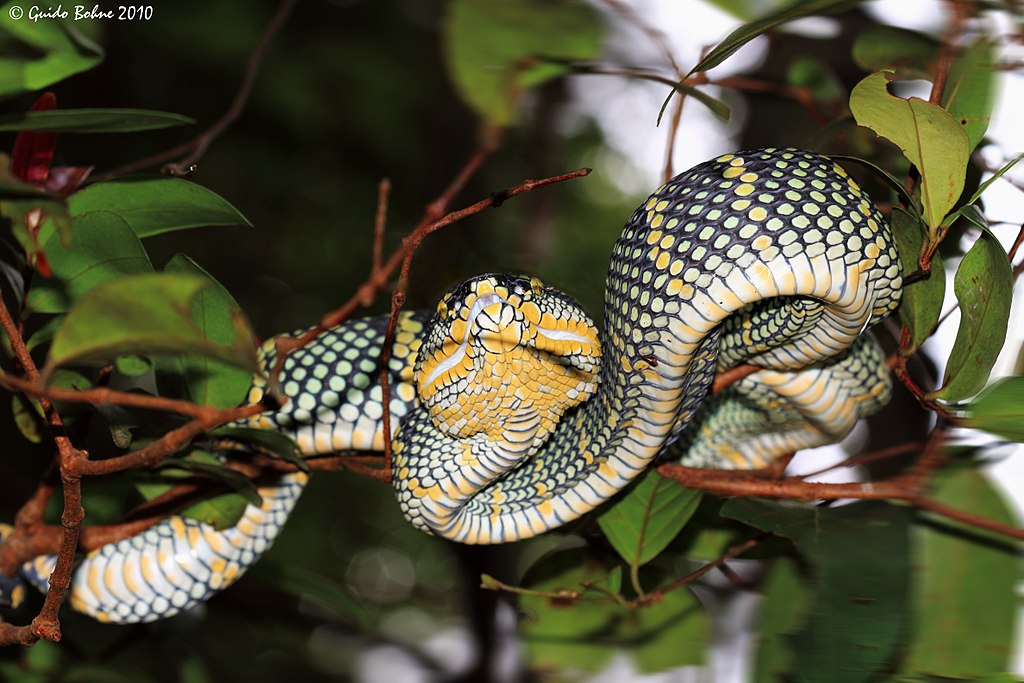In the vast spectrum of animal adaptations, snakes’ thermoregulation strategies stand out as particularly fascinating. As ectothermic (cold-blooded) creatures, snakes don’t generate their own body heat like mammals do, making them especially vulnerable to environmental temperature fluctuations. This vulnerability becomes particularly dangerous in hot environments where overheating can quickly become lethal. Yet snakes thrive in some of Earth’s most scorching habitats, from deserts to tropical regions. Their success stems from a remarkable array of behavioral and physiological adaptations that allow them to precisely regulate their body temperature without the internal heating mechanisms mammals possess. Let’s explore the ingenious ways these reptiles have evolved to beat the heat in harsh environments.
Seeking Shelter Underground
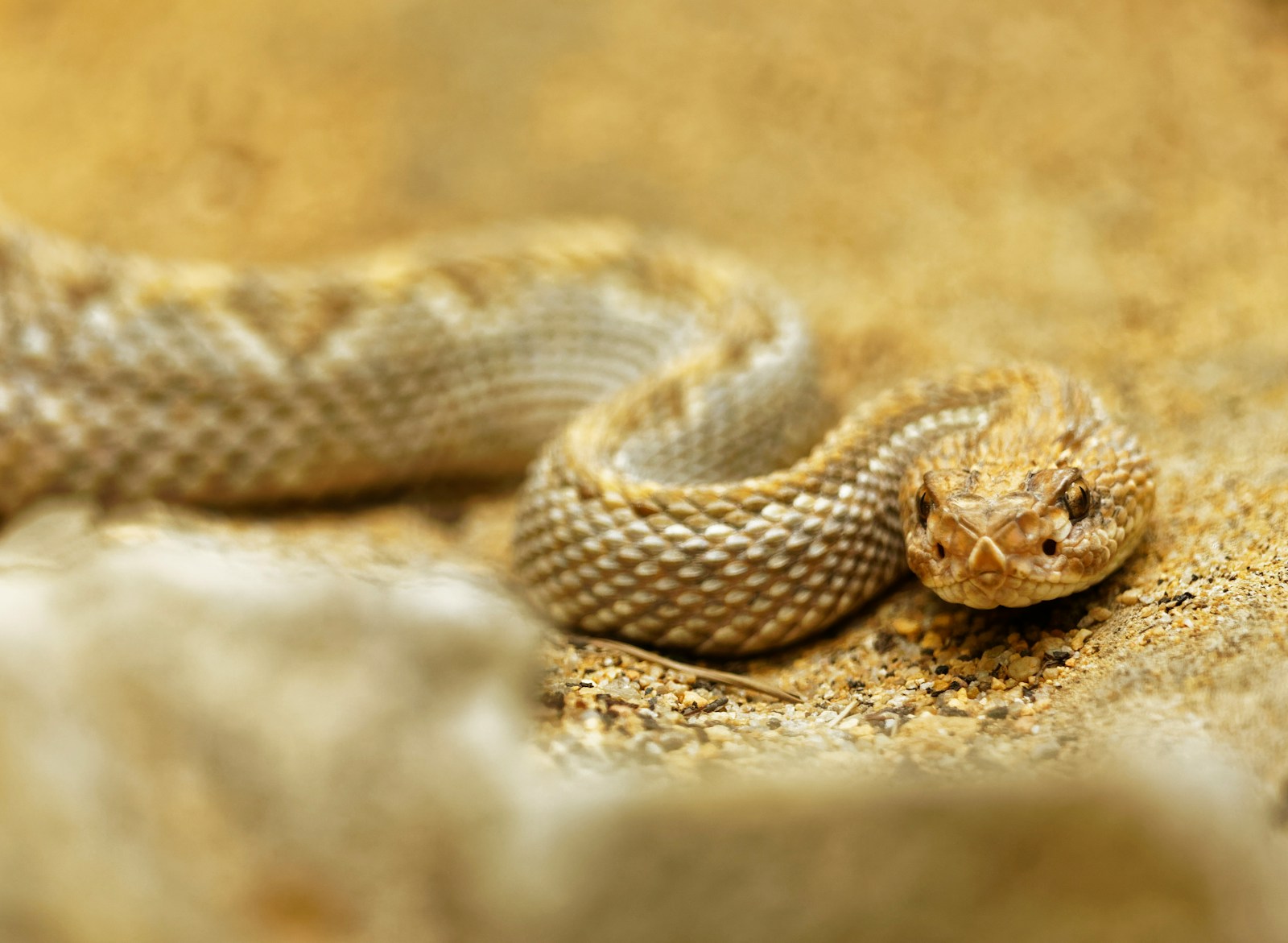
When temperatures soar, many snake species retreat beneath the earth’s surface where temperatures remain significantly cooler. Desert-dwelling species like the sidewinder rattlesnake and sand boa are particularly adept at this strategy, using specialized scales and body movements to rapidly burrow into loose sand or soil. These underground retreats can be simple shallow depressions or elaborate burrow systems that may extend several feet below the surface where temperatures can be 20-30°F cooler than at ground level. Some species, like the North American hognose snake, possess specialized rostral scales (on their snouts) that function as effective digging tools, allowing them to create their subterranean shelters quickly when temperatures become threatening. This underground refuge not only provides escape from dangerous heat but often doubles as protection from predators during vulnerable periods.
Becoming Nocturnal Hunters
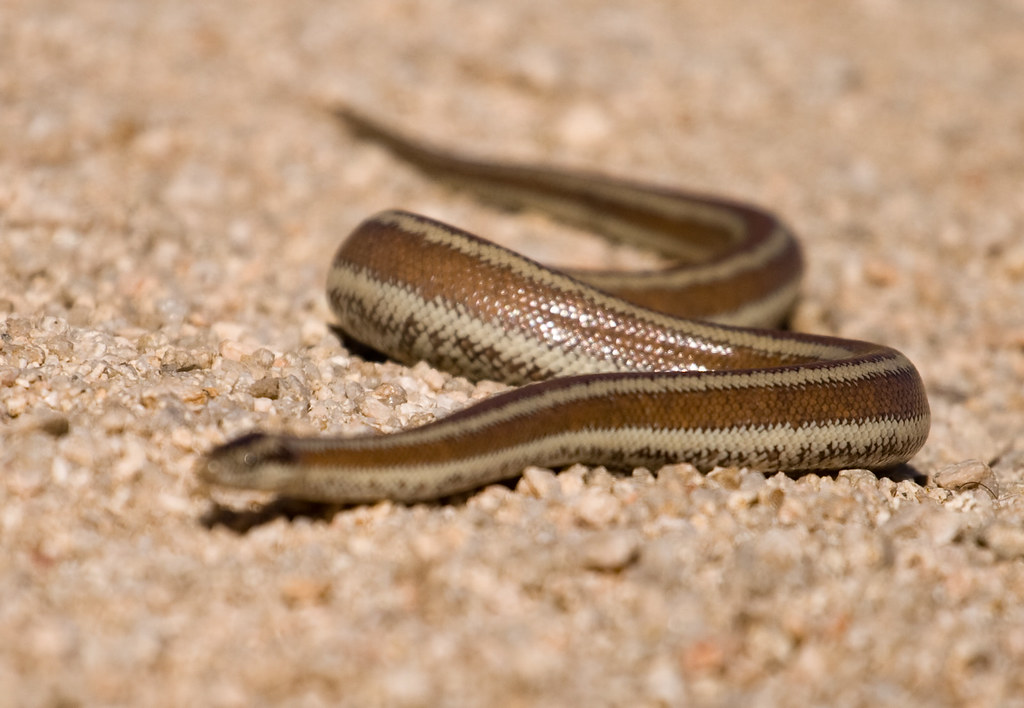
Many snake species in hot regions have evolved to become primarily nocturnal, shifting their active periods to cooler nighttime hours. This temporal adaptation allows species like the Mojave rattlesnake and many vipers to avoid the scorching daytime temperatures altogether while still effectively hunting and performing other essential activities. During night hours, these snakes take advantage of thermal radiation from rocks and sand that absorbed heat during daylight, providing just enough warmth to maintain optimal activity levels without risking overheating. Their specialized heat-sensing pits and exceptional night vision capabilities make them formidable hunters even in near-total darkness. This shift to nocturnal activity represents a comprehensive behavioral adaptation that has reshaped everything from their hunting techniques to their sensory adaptations.
Utilizing Microhabitats
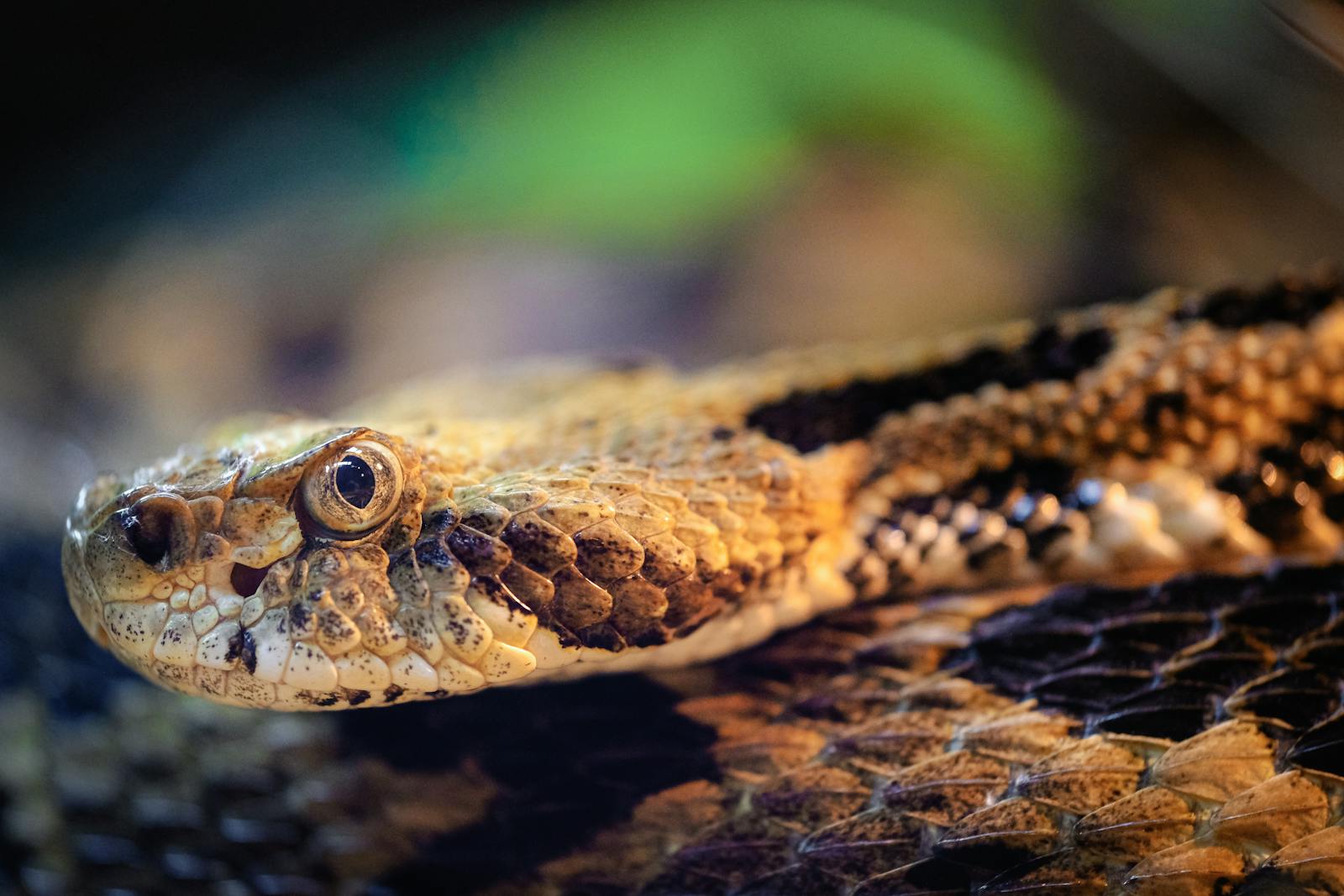
Snakes have developed remarkable sensitivity to temperature variations within their environments, allowing them to identify and utilize microhabitats that offer optimal temperatures. A microhabitat might be as simple as the shaded side of a rock, a patch of vegetation, or the space beneath a fallen log that provides significantly different thermal conditions from surrounding areas. Research has shown that some species, like the eastern diamondback rattlesnake, can detect temperature differences as small as 0.5°C and will shift positions throughout the day to maintain their preferred body temperature. These microhabitat selections aren’t random—snakes often return to the same effective cooling spots repeatedly, demonstrating a form of environmental memory. During extreme heat events, competition for prime cooling microhabitats can become intense, with multiple snakes sometimes gathering in the same limited refuge areas.
Employing Specialized Body Postures
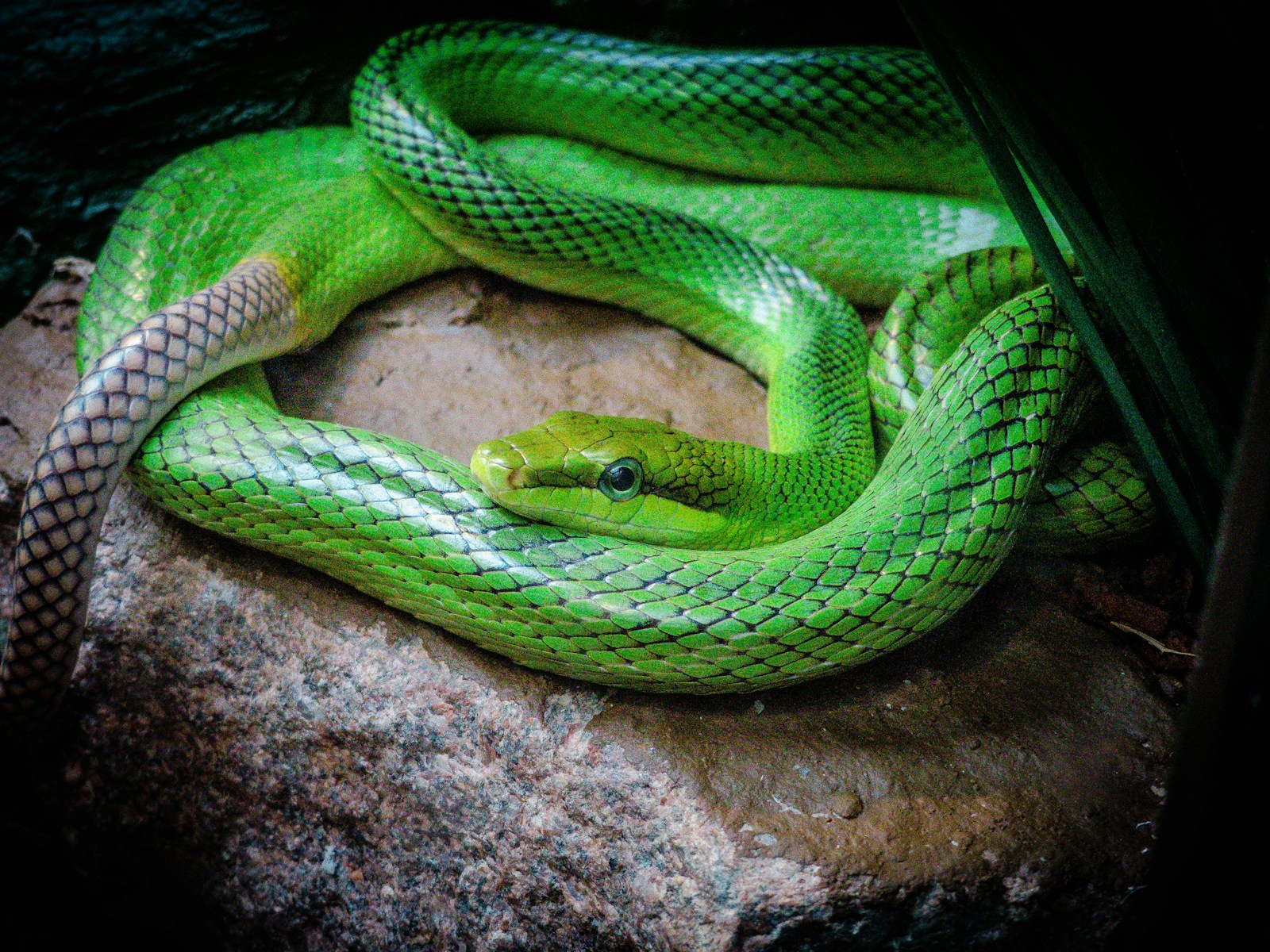
Snakes adjust their body postures specifically to manage heat absorption and dissipation in response to environmental temperatures. When needing to cool down, many species will straighten their bodies to minimize contact with hot ground surfaces, sometimes elevating most of their body and maintaining only minimal contact points with the substrate. Conversely, during cooler periods, they might coil tightly to conserve heat or flatten their bodies against warm surfaces to absorb heat more efficiently. Desert-dwelling species like the horned viper demonstrate particularly sophisticated posturing behaviors, sometimes adopting an unusual J-shaped position that minimizes surface contact while maintaining stability. Some arboreal species will dangle from branches when temperatures rise, allowing air circulation around their entire body and maximizing cooling through convection. These posture adjustments represent real-time behavioral thermoregulation that requires no special anatomical adaptations.
Strategic Skin Color and Reflectivity
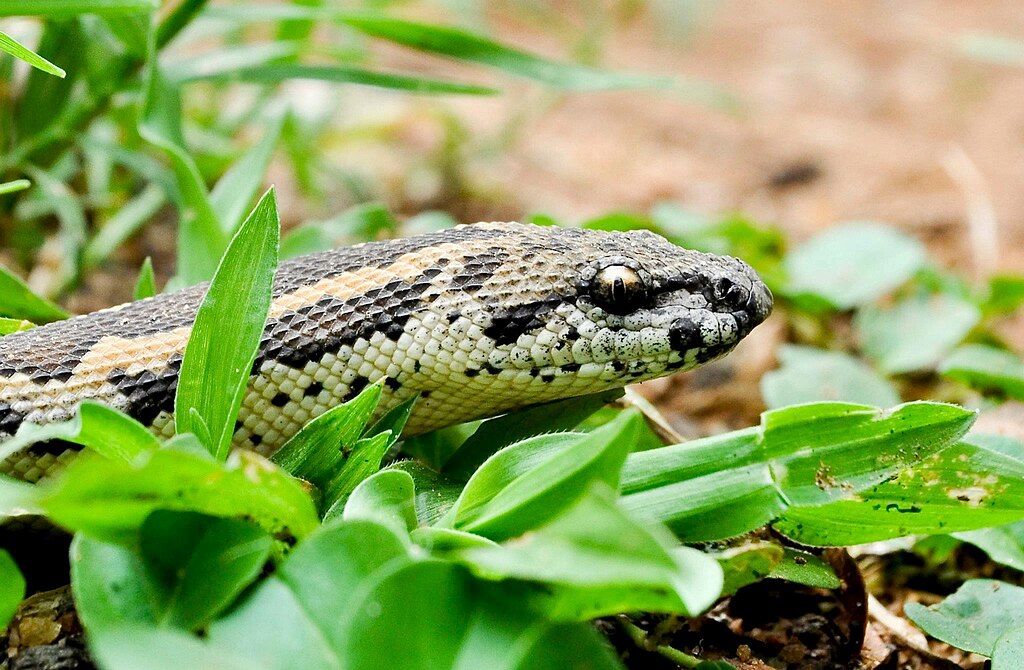
The coloration of many snake species serves a thermoregulatory function beyond just camouflage or warning signals. Desert-dwelling snakes often have lighter, more reflective scales that minimize heat absorption from solar radiation. Studies have demonstrated that lighter colored specimens of the same species can maintain body temperatures several degrees cooler than darker individuals under identical conditions. Some species, like certain populations of the western diamondback rattlesnake, show color variations across their range that correlate with environmental temperatures, with lighter individuals predominating in hotter regions. The microscopic structure of snake scales can also influence heat absorption, with some species having scale surfaces that scatter rather than absorb infrared radiation. This adaptation is particularly evident in species that must remain exposed during daylight hours due to their hunting or territorial behaviors.
Utilizing Water Sources
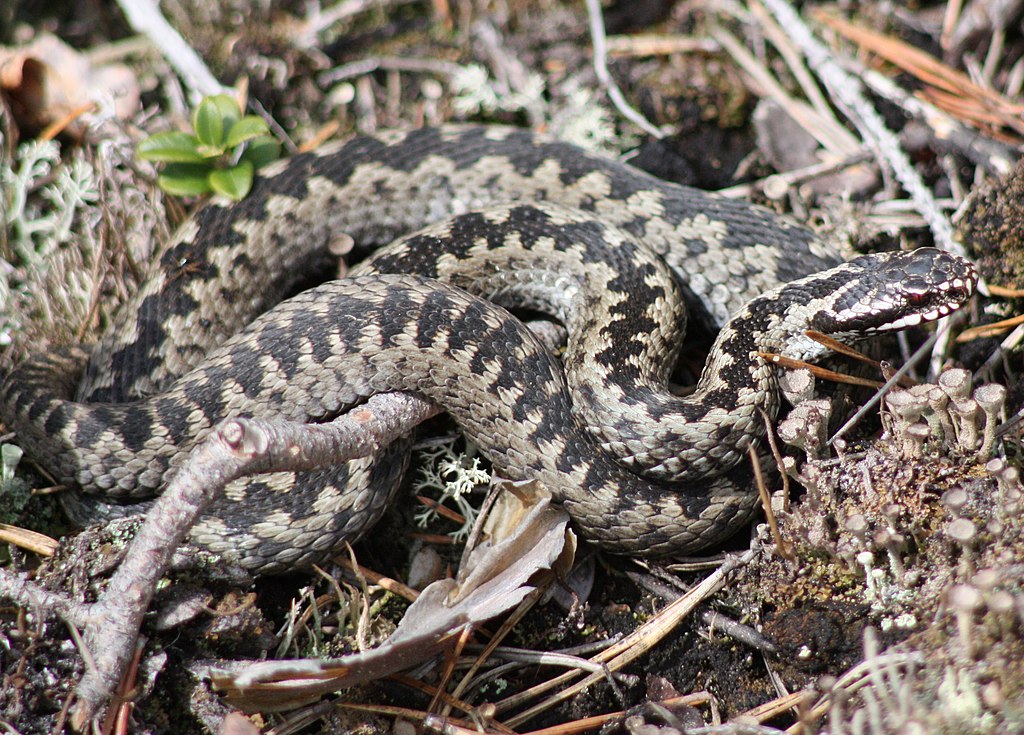
Many snake species will strategically use water sources to cool their bodies during temperature extremes. This behavior ranges from simply entering streams or ponds to submerging themselves in mud or damp soil where evaporative cooling can significantly reduce body temperature. Semi-aquatic species like water snakes and certain pythons are particularly adept at this strategy, sometimes remaining in water for extended periods during heat waves with only their heads exposed for breathing. Some terrestrial species will travel considerable distances to reach water sources during hot periods, suggesting they maintain a mental map of available cooling resources within their territory. In truly extreme conditions, even typically water-averse species have been observed soaking in temporary water sources, demonstrating the behavioral flexibility that has helped snakes thrive in challenging thermal environments.
Salivating and Evaporative Cooling

In emergency heat situations, some snake species employ a strategy similar to panting in mammals—they open their mouths and produce excess saliva that evaporates and cools the head region. This behavior, sometimes called gaping, exposes the highly vascularized mouth tissues to air, effectively creating an evaporative cooling surface. Species that regularly employ this technique include the black mamba and certain large constrictors when they cannot escape excessive heat through other means. The effectiveness of this cooling mechanism is limited by available moisture, making it a short-term emergency response rather than a primary thermoregulation strategy. Gaping behavior is physiologically costly in terms of water loss, which explains why it’s typically used as a last resort when other cooling strategies have failed. Interestingly, this behavior creates a visual display that resembles a threat posture, which may provide the secondary benefit of deterring potential predators during these vulnerable periods.
Seasonal Migration and Brumation
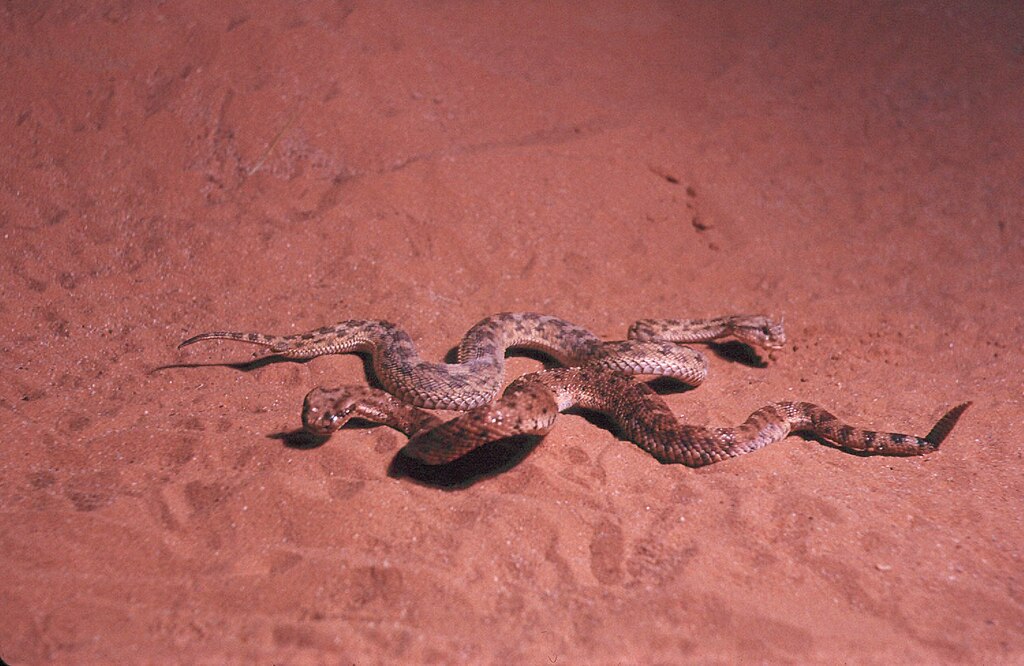
Many snake species undertake seasonal movements specifically to avoid temperature extremes, including dangerously hot conditions. These migrations can be vertical (moving to higher elevations during summer months) or horizontal (moving to more temperate microhabitats within their range). In desert environments, species like the Sonoran desert sidewinder may shift their activity areas by several kilometers seasonally to access more moderate conditions. During periods of extreme heat and drought, some species enter estivation, a dormant state similar to hibernation but triggered by heat rather than cold, where metabolic processes slow dramatically to conserve energy and water. This physiological shutdown allows them to survive extended periods that would otherwise exceed their thermal tolerance limits. Radio tracking studies have revealed that some individual snakes return to the exact same summer and winter retreats year after year, suggesting these seasonal movements follow well-established patterns rather than random wandering.
Adjusting Activity Levels and Metabolic Rate
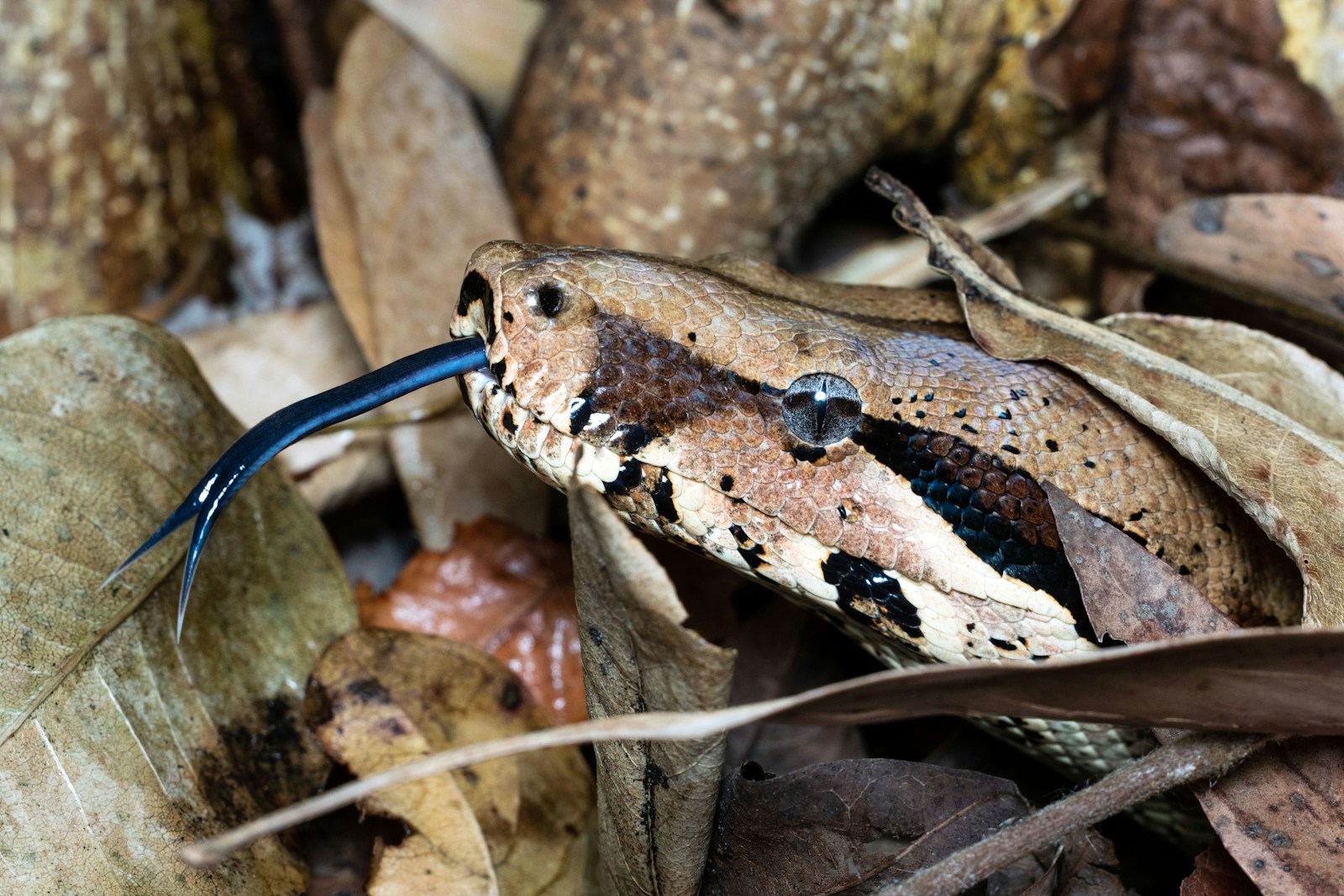
Snakes can remarkably fine-tune their activity levels and metabolic rates to avoid overheating during hot periods. When temperatures approach dangerous levels, many species dramatically reduce movement and enter a state of torpor, minimizing heat production from muscular activity. This metabolic downregulation can reduce their energy needs by up to 70% compared to active periods, allowing them to weather hot conditions with minimal internal heat generation. Physiological studies have shown that desert-adapted species can maintain lower metabolic rates at given temperatures than related species from more temperate environments, representing an evolutionary adaptation to hot conditions. The snake’s cardiovascular system also assists in this process, with blood flow patterns shifting to either conserve or dissipate heat as needed. This metabolic flexibility is particularly valuable for ambush predators like vipers, which naturally spend long periods in stationary positions.
Specialized Heat-Exchange Blood Vessels
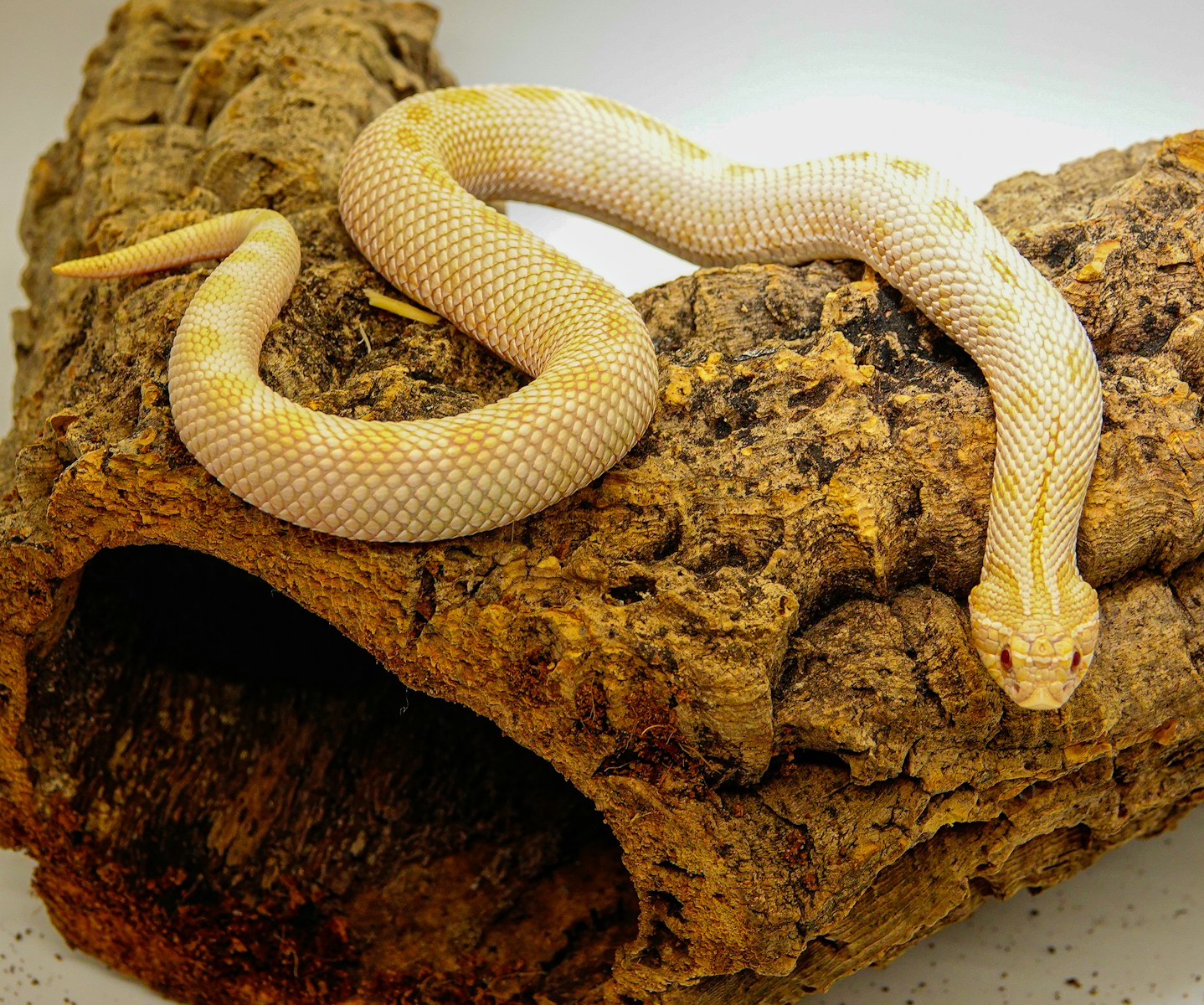
The circulatory systems of many snake species contain specialized arrangements of blood vessels that function as heat exchangers, helping to control body temperature. These counter-current heat exchange systems allow blood flowing to the extremities to be pre-cooled by blood returning from those same areas, effectively creating thermal zones within the snake’s body. This vascular adaptation is particularly well-developed in large constrictors like pythons and boas, which can maintain different body regions at different temperatures. The heat exchange system works bidirectionally, helping snakes both conserve heat in cool environments and shed excess heat in hot conditions. Research using thermal imaging has revealed that some species can maintain their vital organs at safer temperatures even when portions of their body exceed optimal ranges. This internal temperature gradient allows for greater thermal versatility than would be possible with uniform body temperature.
Exploiting Thermal Inertia
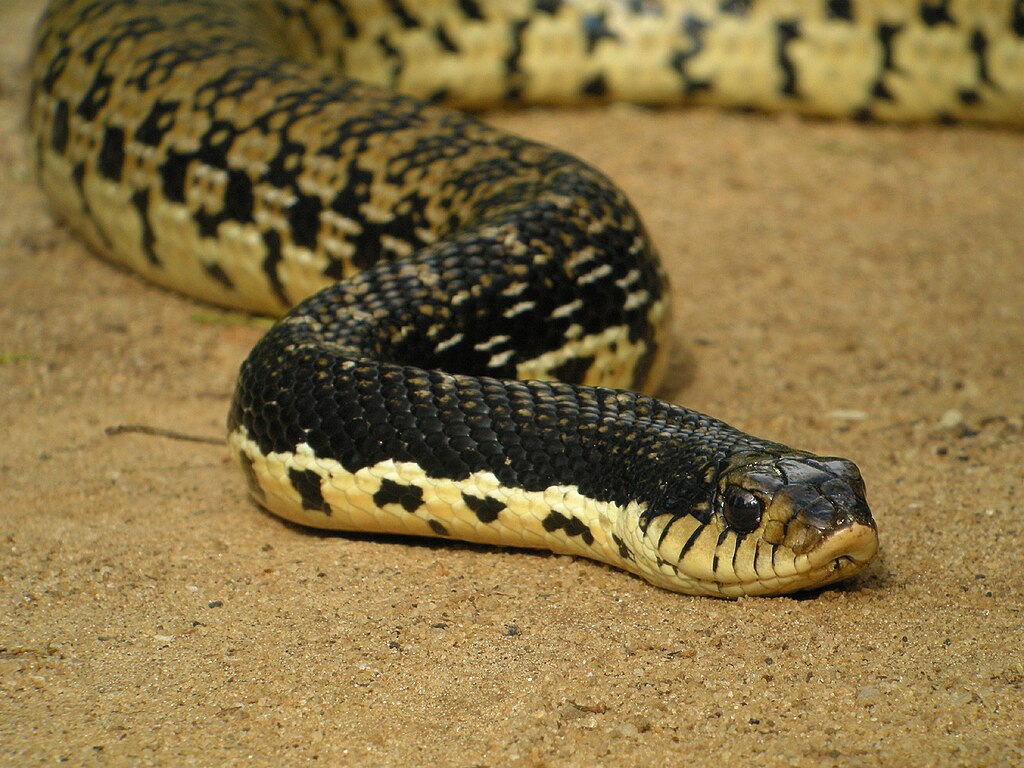
A snake’s elongated body shape creates favorable thermal inertia characteristics that help buffer against rapid temperature changes. Compared to more compact animals of similar mass, a snake’s high surface-area-to-volume ratio allows for more rapid heat dissipation when temperatures rise dangerously high. Larger snake species benefit particularly from thermal inertia, as their greater body mass heats and cools more slowly, giving them more time to seek appropriate shelter before reaching dangerous temperature thresholds. Some species like the king cobra strategically alternate between sun and shade throughout the day, using their thermal inertia to maintain relatively stable body temperatures despite fluctuating environmental conditions. This physiological buffer is further enhanced by behavioral adaptations, with snakes often becoming more active during transition periods (dawn and dusk) when they can capitalize on thermal gradients to fine-tune their body temperature. For gravid (pregnant) females, this thermal inertia management becomes especially critical as they balance their own thermoregulatory needs with the developmental requirements of their offspring.
Conclusion: Masters of Thermal Adaptation
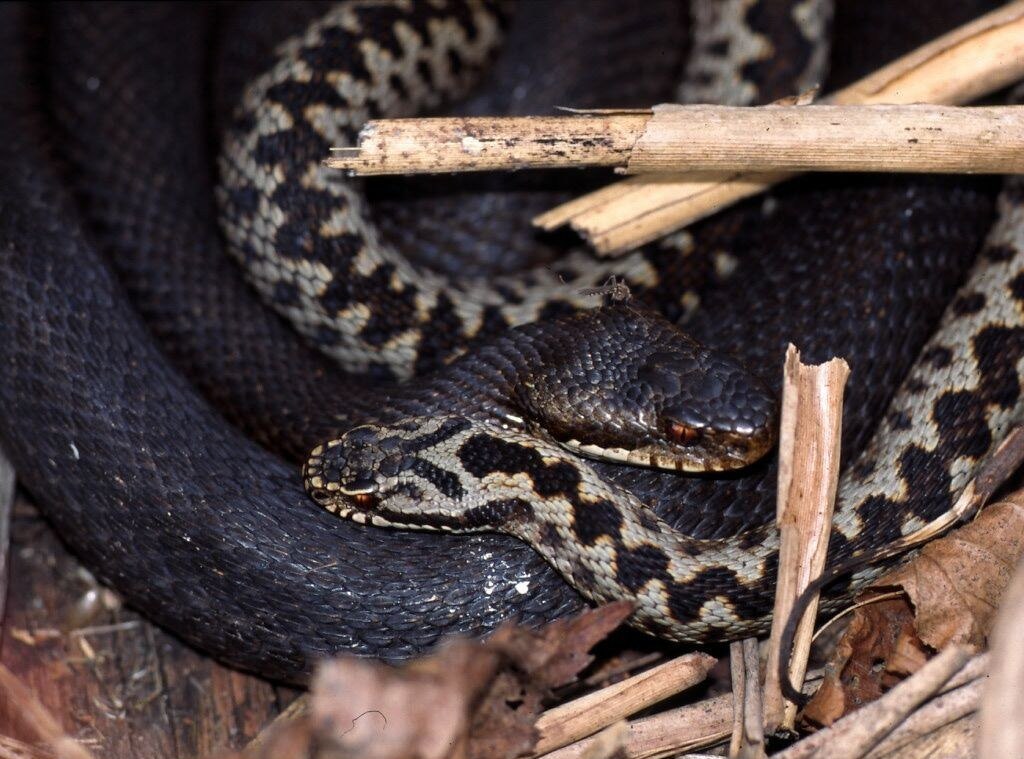
The remarkable suite of adaptations snakes employ to avoid overheating demonstrates their evolutionary sophistication and ecological resilience. From behavioral strategies like seeking shelter and adjusting posture to physiological adaptations including specialized blood vessels and metabolic regulation, snakes have developed a comprehensive toolkit for surviving in thermally challenging environments. These adaptations have allowed them to colonize some of Earth’s most extreme habitats while maintaining the precise temperature control their physiological processes require. As climate change drives increasing temperature extremes worldwide, understanding these thermoregulatory mechanisms becomes increasingly relevant for conservation efforts. The snake’s ability to thrive in hot environments without internal temperature control mechanisms represents one of nature’s most elegant solutions to the fundamental challenge of thermoregulation, offering valuable insights for both biological research and biomimetic engineering applications.

